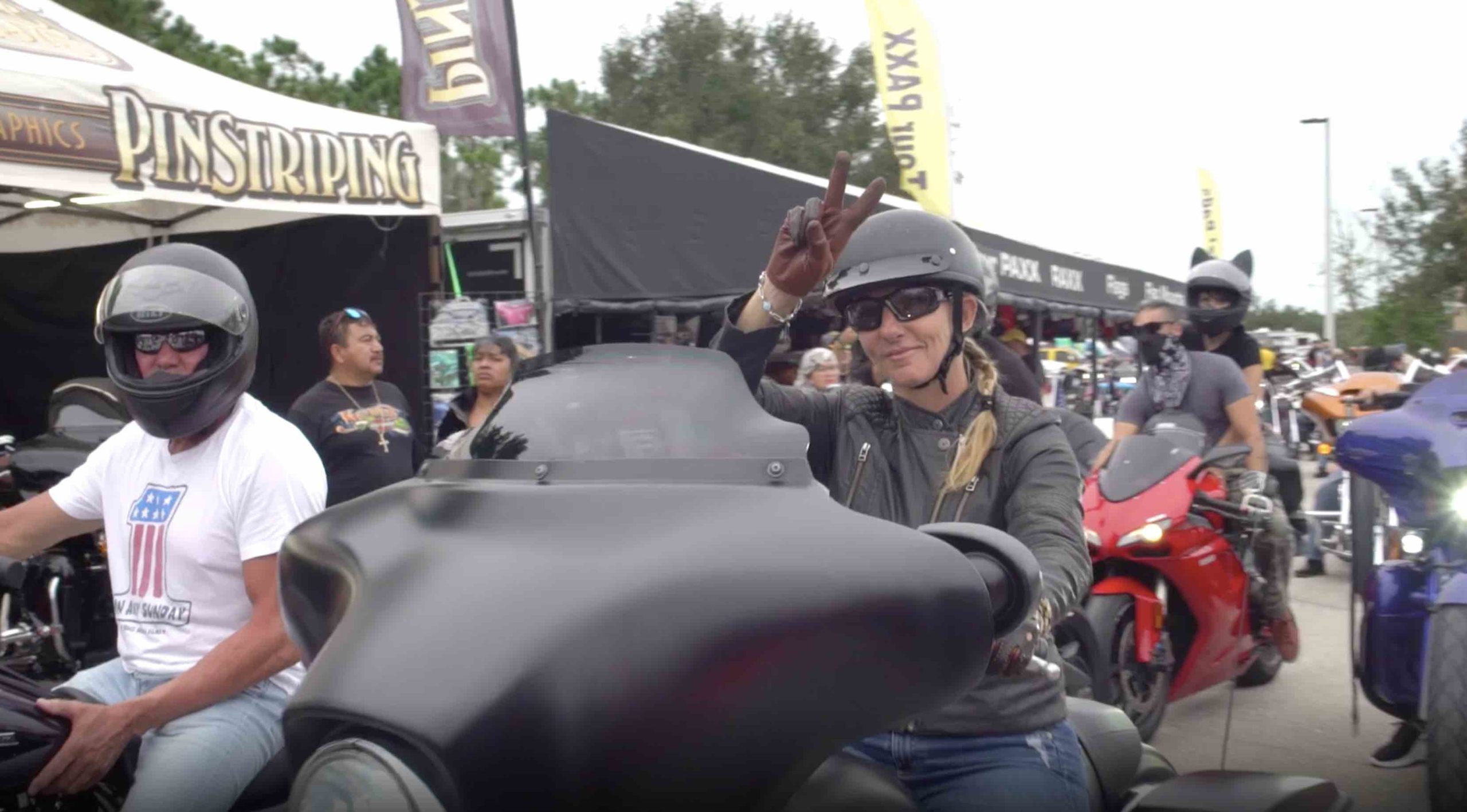Motorcycle Maintenance
The Motorcycle Safety Foundation has developed a checklist, outlined here, using the acronym TCLOCS to help riders remember how to look over their motorcycle. Check these items consistently. Because of complexity, not all items are performed before every ride. However, proper maintenance will keep your bike in tip-top shape.
T: Tires and Wheels
Tires are the only thing keeping you on the road and the actual contact with the road is smaller than a business card, yet they carry all your weight, allow you to speed up or stop, and keep you on the road when leaning in turns. Needless to say, your tires deserve TLC!
- Check tire pressure regularly – once a week would be ideal. Use the manufacturer’s guidelines and consider the riding you do.
- Inspect tread wear and tear often
- Check your wheels well during your post ride bike wash
- Look for loose spokes, bent or cracked rims. Make sure the wheel turns easily but is not loose on the axle.
- When on your bike check out your reflection in cars stopped beside you. Look for loose items you’re carrying, even something as simple as a shirt sleeve that could get caught in the rear wheel.
C: Controls
These are routine maintenance items to perform at regular service intervals. As mentioned above, looking over your controls before riding is critical.
- Inspect levers to make sure they’re not bent or broken. Ensure they move freely.
- Examine cables for fraying and lubricate them as necessary.
- Assess hoses for cracks, leaks, bulges, or chafed areas.
- Confirm throttle moves freely and closes easily. Lubricate as necessary.
